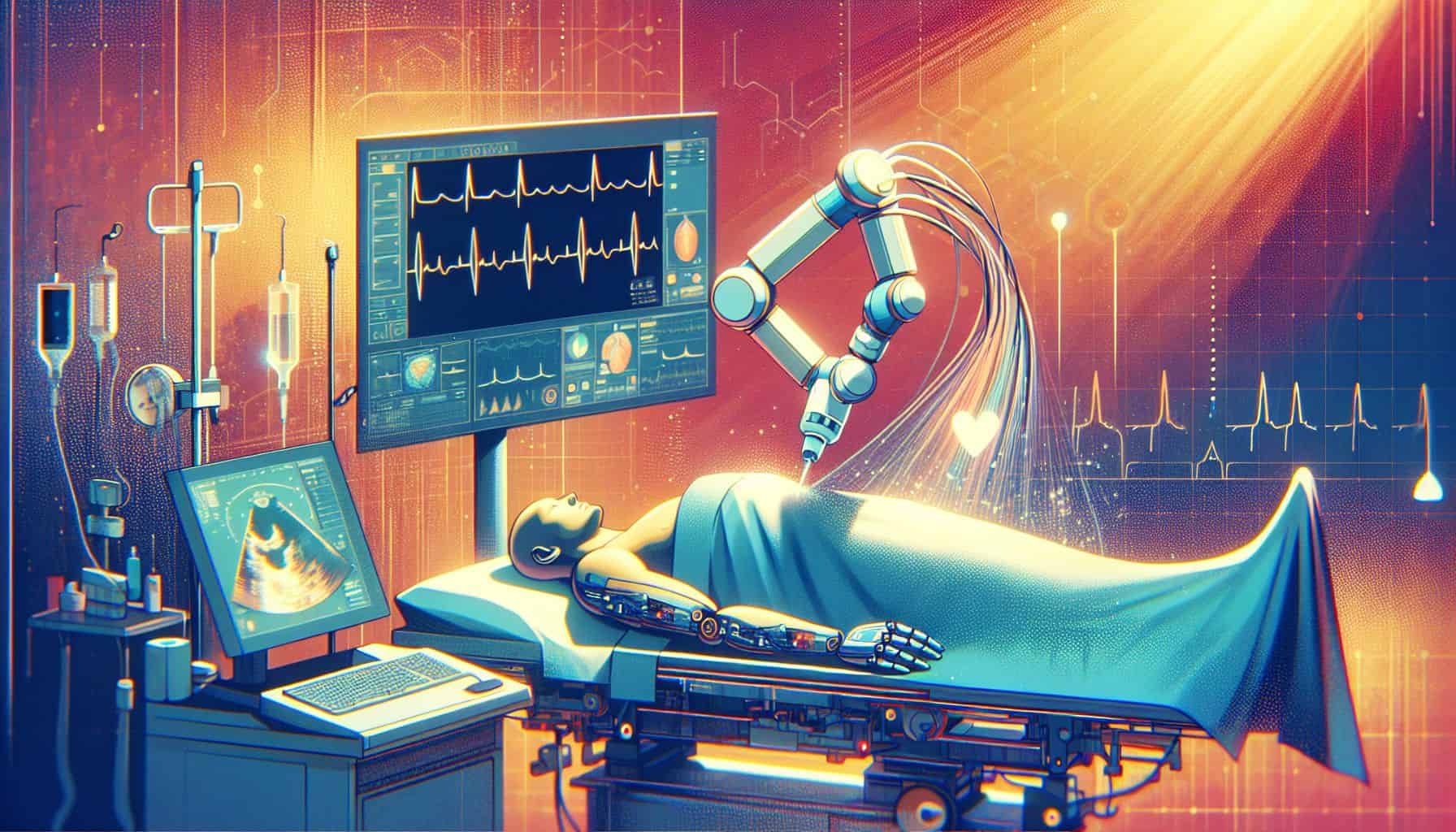
Despite all medical advances, cardiovascular diseases are still by far the number one cause of death in Germany. According to the cardiac report of the German Society of Cardiology (DKG), cardiovascular diseases account for around 37 percent of deaths, and “malignant neoplasms” for 25 percent. Furthermore, in 2017 significantly more people had to be treated in hospitals for heart diseases than in previous years.
According to the report, there were more than 1.71 million hospital admissions due to heart diseases, over 37,800 (1.5%) more than in 2015. There were also changes among the individual heart diseases: Heart valve disease increased by 5.8%, cardiac arrhythmia by 3.0% and heart failure by 3.7%.
Although heart failure is thus one of the most common heart diseases, it still poses a great mystery to doctors. Researchers from various disciplines at the German Centre for Heart Failure (DZHI) in Würzburg are therefore researching new concepts and strategies for the diagnosis, prevention and treatment of heart failure.

CARDIAC INSUFFICIENCY AND CATARACT IN EARLY CHILDHOOD
They found a new gene mutation that triggers dilated cardiomyopathy (abnormal dilatation of the heart muscle). To date, about 50 genes have been found as triggers for dilated cardiomyopathy (DCM). The discovery of the LEMD2 gene has extended this spectrum by one. This mutation in the nuclear membrane protein LEMD2 not only triggers cardiac insufficiency and arrhythmia, which can even lead to sudden cardiac death. According to the cardiogeneticist Prof. Dr. Brenda Gerull, head of the Department of Cardiovascular Genetics at the German Centre for Heart Failure Würzburg (DZHI) and her scientific colleague Ruping Chen, it is also associated with cataract in early childhood.
This clouding of the lens is usually a disease that only occurs at an advanced age. “It has been known for some time that LEMD2 causes lens opacity in early childhood, commonly known as cataract. We have now discovered that this mutation in LEMD2 causes not only cataract but also a severe form of cardiomyopathy, similar to the mutations in the so-called lamin gene. Interestingly, both proteins can also lead to early-stage diseases, including progeria,” said Gerull.
“Patients with the genetic defect form scars in the heart muscle tissue, which can then lead to the dreaded cardiac arrhythmias even in young adults,” explains the researcher. “Both the heart muscle tissue of those affected and their skin cells have altered cell nuclei, with the heterochromatin located in the periphery of the cell nucleus appearing strongly condensed and clumped. Further investigations on the fibroblasts have shown that the cells age faster, the cell cycle slows down, the growth and proliferation of cells are restricted, and the cells therefore divide more slowly.

DOES LEMD2 ALSO HELP WITH RESEARCH OF “ORPHAN DISEASES”?
The LEMD2 gene seems to play an important role in the cell nucleus, but its function has not yet been well investigated. According to the scientists, however, it has similarities with the long-known group of other altered nuclear membrane proteins that lead to so-called laminopathies (“orphan diseases”). These are very rare, hereditary diseases that manifest themselves to an increasing degree soon after birth and usually lead to early death of those affected.
Despite intensive research, physicians still do not fully understand the complex mechanisms involved. They hope that the newly discovered LEMD2 could help “to understand the mechanisms leading to this particular form of arrhythmic cardiomyopathy and to find appropriate therapeutic approaches in the overall complex of these proteins”.
Ruping Chen, a postdoctoral fellow in the Department of Cardiovascular Genetics specializing in aging research, has already achieved important initial results in her research. With the help of a special technology, the human mutation of the LEMD2 gene was introduced into a mouse model, whereupon changes in the heart of the mice became apparent after only a few weeks.
Brenda Gerull’s and Ruping Chen’s work was published in the “Journal of the American College of Cardiology (JACC): Basic To Translational Science” and was awarded second place at the Hans-Blömer-Young Investigator Award for Clinical Cardiovascular Research at the DGK Congress in Mannheim at the end of April 2019. “We now know that the mutation causes different phenotypes in both humans and mice,” said Chen. “The task now is to characterize the molecular mechanisms of arrhythmic cardiomyopathy that cause a LEMD2 mutation. An indication could be oxidative stress. To this end, we will carry out mitochondrial measurements with our colleagues in the Department of Translational Research at the DZHI.”
THE GERMAN CENTER FOR CARDIAC INSUFFICIENCY
The German Centre for Heart Failure researches and treats the systemic disease heart failure including its associated and secondary diseases in a holistic approach. The centre focuses on top interdisciplinary research, which is directly applied in practice at the DZHI and University Hospital Würzburg. As an institution unique in Germany, the centre integrates basic research, clinical research and patient treatment on the subject of cardiac insufficiency under the same roof.








